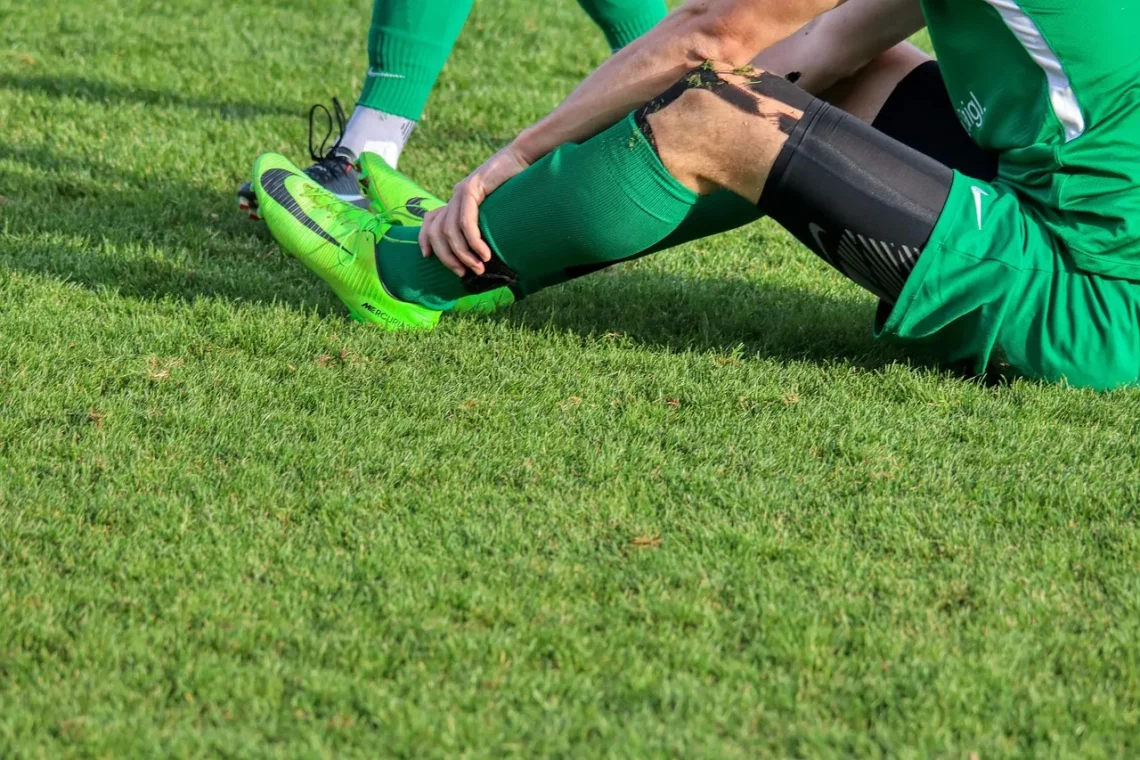
Understanding Stub Toe Injuries: Causes, Symptoms, and Remedies
Stub toe injuries, while seemingly minor, can be surprisingly painful and disruptive. They occur when the toe strikes a hard object, often leading to immediate discomfort and a range of consequences that can affect daily activities. These injuries are common and can happen to anyone, from children running around the house to adults navigating furniture in dimly lit rooms. The sudden jolt can result in bruising, swelling, or even fractures, which may require varying degrees of care and attention.
The anatomy of the toe plays a crucial role in understanding these injuries. The toes are made up of bones called phalanges, and the stub toe injury typically involves the big toe or the second toe. The pain and trauma can stem from the impact on these bones, surrounding tissues, and nerves. Although many people may dismiss stub toe injuries as trivial, they can lead to complications if not properly cared for. The experience can range from a brief moment of discomfort to a longer-term issue that limits mobility.
In this article, we will explore the various aspects of stub toe injuries, including their causes, symptoms, and effective remedies. Awareness and education on this topic can empower individuals to take better care of their foot health and respond appropriately when such injuries occur.
Common Causes of Stub Toe Injuries
Stub toe injuries often occur in everyday situations, making them a common occurrence for many. One of the primary causes is simply misjudging distances or foot placement. For instance, when walking around the house, one might accidentally kick furniture legs, door frames, or other obstacles. These incidents are often unintentional but can lead to significant pain.
Another common scenario is during sports or physical activities. Athletes or individuals engaged in high-energy activities may stub their toes while running, jumping, or changing direction quickly. The added force and speed can exacerbate the injury, leading to more severe pain and potential damage.
In addition to everyday accidents, certain footwear choices can contribute to stub toe injuries. Shoes that are too tight or do not provide adequate support can increase the risk of stubbing a toe. Flip-flops and sandals, while convenient during the summer months, often leave the toes exposed and vulnerable to accidental bumps. Wearing protective footwear, especially in environments where stubbing is likely, can help mitigate these risks.
It’s also worth noting that environmental factors play a role in the frequency of stub toe injuries. Cluttered spaces can increase the likelihood of accidents, as items left on the floor can create obstacles. Additionally, poor lighting can hinder visibility, making it easier to misjudge space and collide with objects.
Understanding these causes can help individuals take preventive measures. By being mindful of their surroundings, choosing appropriate footwear, and maintaining tidy environments, they can reduce the risk of experiencing stub toe injuries.
Recognizing Symptoms of Stub Toe Injuries
Recognizing the symptoms of a stub toe injury is crucial for determining the need for treatment. The most immediate symptom is pain, which can range from mild discomfort to sharp, intense agony depending on the severity of the injury. This pain often arises suddenly and can make it difficult to walk or put weight on the affected foot.
Following the initial pain, swelling is a common response to a stub toe injury. The body’s natural healing process involves increased blood flow to the affected area, which can result in noticeable swelling around the toe. In some cases, bruising may also occur, leading to discoloration of the skin.
Another symptom to be aware of is difficulty in movement. A stubbed toe may cause stiffness, making it challenging to bend or straighten the toe. This limitation can lead to altered walking patterns, as individuals may instinctively avoid putting pressure on the injured toe.
If the injury is severe, symptoms may also include a visible deformity or misalignment of the toe. In such cases, it may be indicative of a fracture or dislocation, which requires prompt medical attention.
It’s important to monitor symptoms closely. If the pain persists for more than a few days, or if there is significant swelling and bruising, seeking medical advice is recommended. Early intervention can help prevent further complications and ensure proper healing.
Effective Remedies and Treatment Options
When it comes to treating a stub toe injury, several remedies can alleviate pain and promote healing. The first step is often the R.I.C.E. method, which stands for Rest, Ice, Compression, and Elevation.
Resting the injured toe is essential to prevent further aggravation. Limit activities that put pressure on the toe, and consider using crutches if necessary. Applying ice to the affected area can help reduce swelling and numb the pain. It’s advisable to ice the toe for 15-20 minutes every hour, especially within the first 48 hours after the injury.
Compression can also be beneficial. Wrapping the toe gently with a bandage can provide support and reduce swelling. However, it’s crucial not to wrap it too tightly, as this may restrict blood flow.
Elevation is another key component of the R.I.C.E. method. Keeping the foot elevated above heart level can help minimize swelling and promote circulation.
Over-the-counter pain relievers, such as ibuprofen or acetaminophen, can also assist in managing pain and discomfort. Always follow the recommended dosages and consult a healthcare professional if you have any concerns about medication.
In cases where the injury is more severe, or if there are signs of a fracture, seeking medical attention is essential. A healthcare provider may recommend an X-ray to assess the extent of the injury and determine the appropriate course of action, which may include a splint or, in rare cases, surgery.
It’s important to listen to your body during the recovery process. Gradually reintroducing movement and activities can help regain strength and flexibility in the toe, ensuring a complete recovery.
**Disclaimer:** This article is not intended as medical advice. For any health concerns or if you suspect a serious injury, please consult a qualified healthcare professional.




